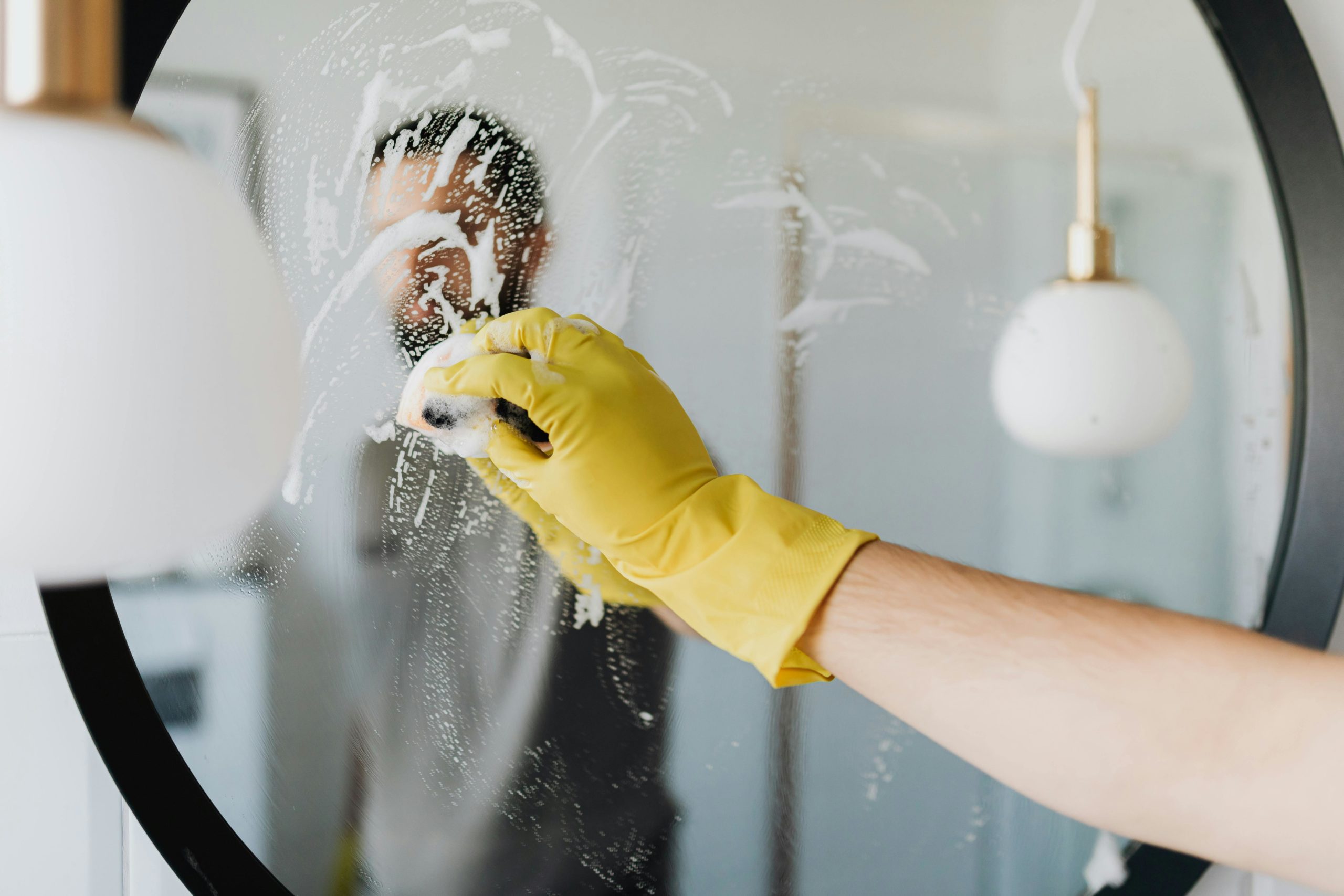
When it comes to keeping our homes clean, there’s no shortage of advice available. From old wives’ tales passed down through generations to viral cleaning hacks on social media, it seems everyone has a tip or trick up their sleeve.
But not all cleaning advice is created equal. In fact, some popular cleaning methods may do more harm than good, while others are simply ineffective.
Here, we’ll debunk some of the most common cleaning myths and provide you with practical, science-backed alternatives that actually work.
Myth 1: Vinegar Cleans Everything
Vinegar is often touted as a miracle cleaner capable of tackling everything from limescale to greasy ovens. While it’s true that vinegar is an effective natural cleaner in certain situations, it’s not a universal solution. The key lies in understanding the chemistry behind it.
The Truth: Vinegar, which is acetic acid, is great at dissolving mineral deposits and cutting through grease. It’s particularly useful for descaling kettles, cleaning glass, and removing hard water stains. However, it’s not suitable for all surfaces.
For instance, using vinegar on natural stone surfaces like marble or granite can cause etching and permanent damage due to its acidic nature. Similarly, it’s not ideal for cleaning waxed or unsealed wood as it can strip the finish.
What To Do Instead: Use vinegar where it shines—on glass, stainless steel, and ceramic tiles. For delicate surfaces, opt for a pH-neutral cleaner or one specifically designed for that material.
Myth 2: Newspapers Are The Best For Cleaning Windows
Cleaning windows with newspaper is a time-honoured tradition, with many swearing by its ability to leave glass streak-free. But is this really the best approach?
The Truth: While newspapers can indeed provide a streak-free finish, they’re not without their drawbacks.
Modern newspapers are often printed with soy-based ink, which can smudge and leave residue on your windows. Additionally, the paper can disintegrate when wet, leading to a frustrating cleaning experience.
What To Do Instead: A microfiber cloth is your best friend when it comes to cleaning windows. These cloths are designed to pick up and hold dirt, and they won’t leave behind any lint or ink residue.
For a simple cleaning solution, mix equal parts water and white vinegar in a spray bottle. Spray the mixture on your windows, wipe with a microfiber cloth, and enjoy the streak-free shine.
Myth 3: Bleach Is The Ultimate Disinfectant
When we think of disinfecting, bleach is often the first thing that comes to mind. Its powerful smell alone seems to scream “clean!” However, bleach isn’t always the best choice for every situation.
The Truth: Bleach is indeed a potent disinfectant and can kill a wide range of pathogens, including bacteria, viruses, and mould. However, it’s not a great cleaner for dirt and grime.
Bleach works by oxidising, or breaking down, organic matter, which makes it effective for killing germs but not for removing the dirt they live in. Moreover, bleach can be harsh on surfaces and poses health risks if not used properly, including respiratory irritation and skin burns.
What To Do Instead: For regular cleaning, use a good-quality detergent to remove dirt and grime, followed by a disinfectant if needed. If you prefer a less harsh disinfectant, consider using products containing hydrogen peroxide, which is effective against germs but gentler on surfaces and safer for you.
Myth 4: You Must Dust First, Then Vacuum
The order in which you clean matters, right? Many believe that you should dust surfaces before vacuuming so that any particles that fall to the floor are picked up by the vacuum. This seems logical, but it’s not necessarily the best approach.
The Truth: Dusting before vacuuming can make sense, but only if you’re using a vacuum with a high-efficiency particulate air (HEPA) filter that traps the dust rather than recirculating it back into the air.
Without a HEPA filter, your vacuum could actually spread dust around the room, negating your hard work. Additionally, dusting can cause particles to become airborne, only to settle back down on your freshly cleaned surfaces after you’re done.
What To Do Instead: If you have a vacuum with a HEPA filter, vacuuming first can actually be more effective. It removes the majority of dust and allergens from the floor, reducing the amount that will be kicked up into the air when you dust. After vacuuming, dust surfaces with a damp cloth to trap particles rather than just moving them around.
Myth 5: Coca-Cola Can Clean Your Toilet
This is one of those myths that has gained popularity thanks to viral videos. The idea is that the acidity of Coca-Cola can break down stains in your toilet bowl, leaving it sparkling clean.
The Truth: Coca-Cola does contain acids like phosphoric acid, which can help break down stains, particularly rust. However, it’s not nearly as effective as a proper toilet cleaner. Plus, using a sugary soft drink to clean your toilet can leave behind sticky residue that can attract more grime.
What To Do Instead: Stick to using toilet cleaners specifically designed for the job. They contain ingredients like hydrochloric acid that effectively break down tough stains and kill germs. If you’re looking for a natural alternative, try using a paste made from baking soda and vinegar, scrubbing the bowl with a toilet brush, and then flushing away the residue.
Clean Smart, Not Hard!
Cleaning myths can be persistent, but understanding the science behind them can help you make better choices for your home. By debunking these myths and adopting more effective cleaning methods, you’ll not only save time and effort but also achieve a cleaner, healthier home.
Remember, not all tips that sound good are actually good, so it pays to do a bit of research before trying the latest cleaning trend.
